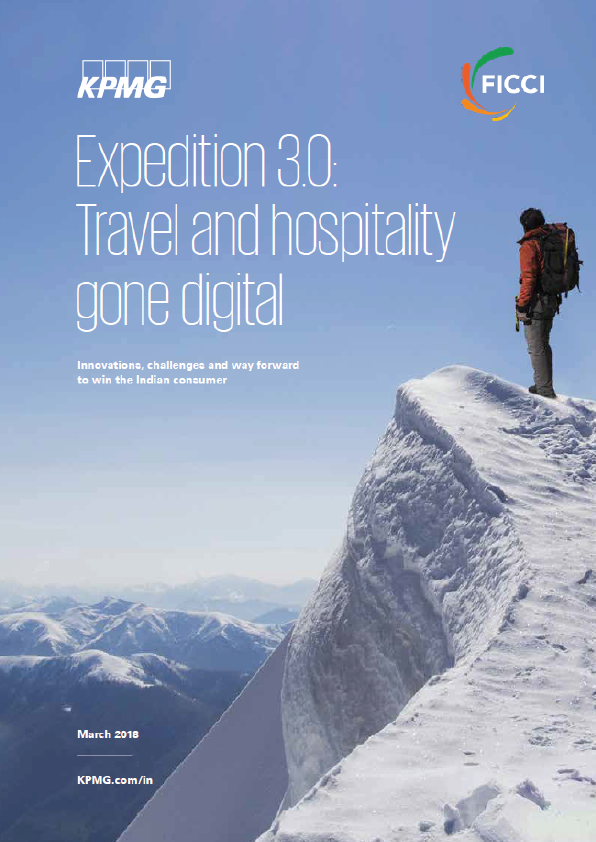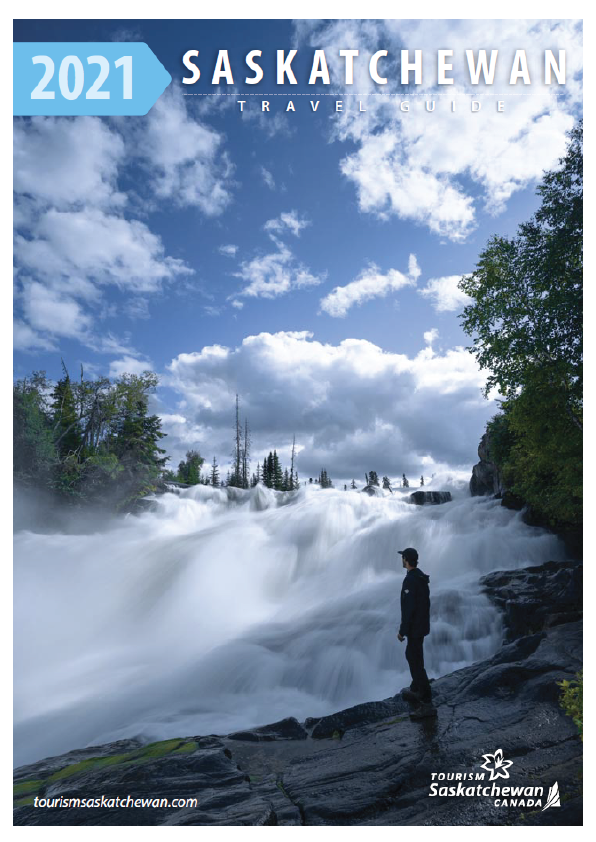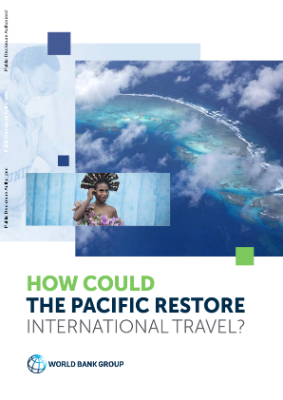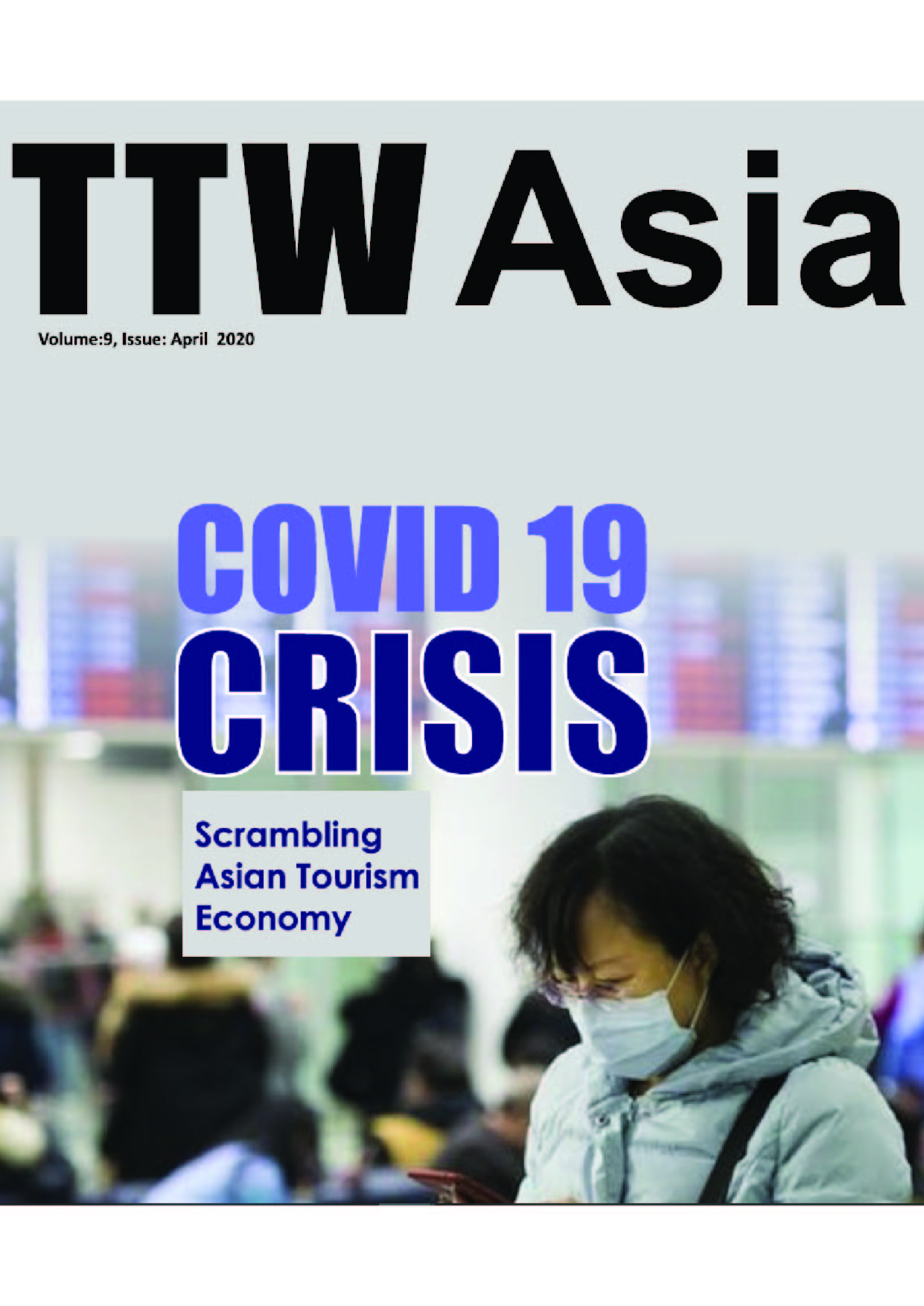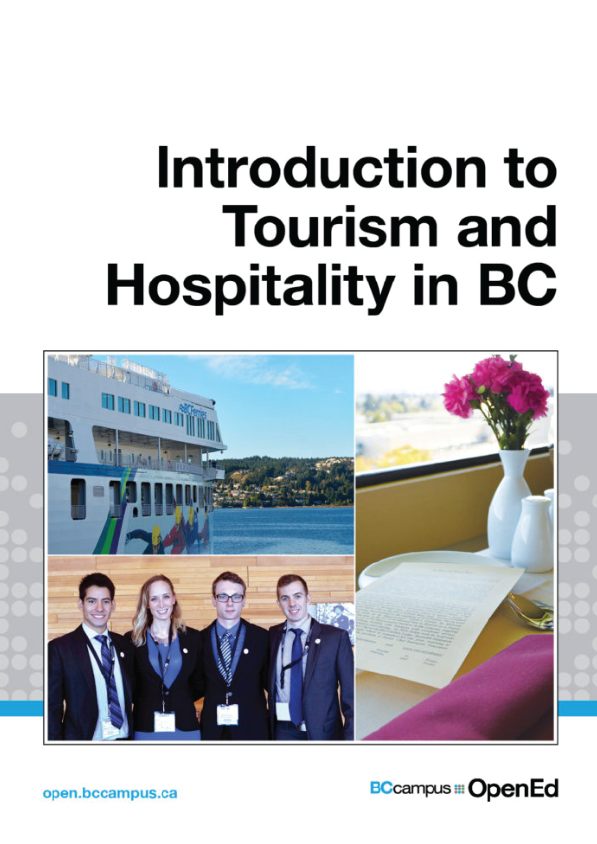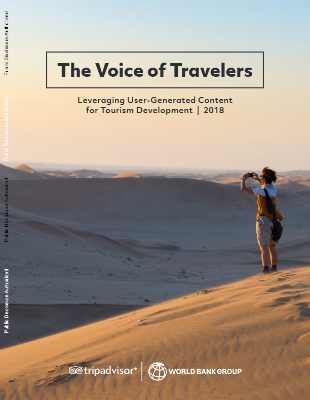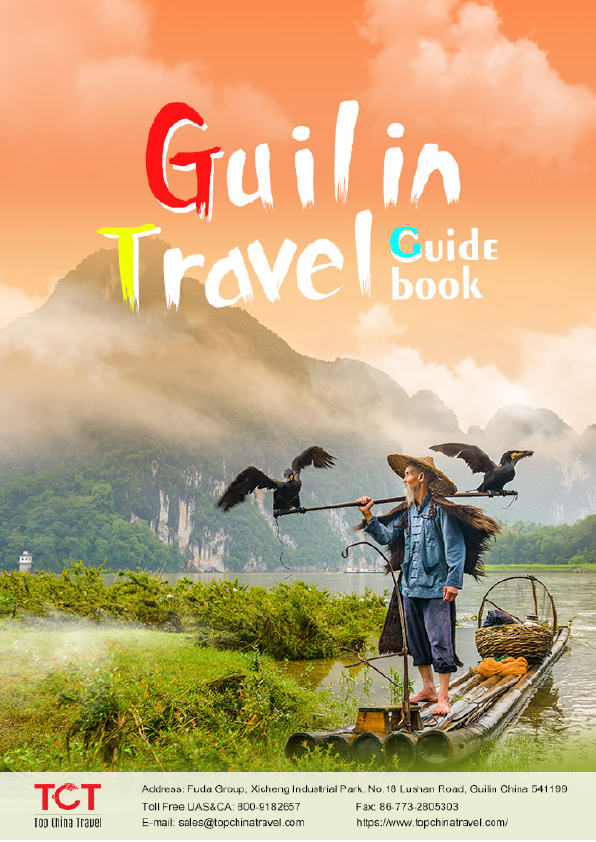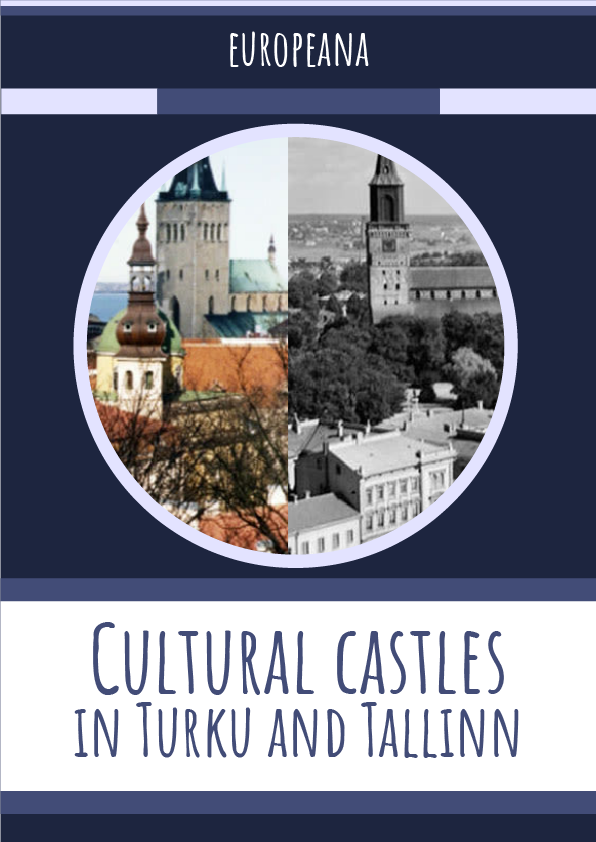India’s Travel sector has expanded in the recent years, driven by the increase in domestic spend, internet penetration and availability of smartphones. Technology today plays a ubiquitous role in shaping the travel industry. Key advancements in the travel space revolve around five themes, namely Artificial Intelligence (AI), Big Data, mobile applications, social media and Virtual/Augmented Reality (VR/AR). These advancements could enrich travel experiences through direct and flexible interactions with customers. Budding popularity of such applications backed by user generated content and sharingeconomy services, has opened the door for many new travel start-ups, offering choices to tech-friendly travellers. This trend is led predominantly by millennials, who account for nearly half of the working age population. Incumbents are adapting swiftly to the emerging bouquet of travel start-ups. To differentiate themselves, existing players are honing the ways to personalise customer experience, build loyalty, automate operations and gain deeper insights on the customers. This deep customer focus is also blurring the lines between business and leisure travel. This paper attempts to portray an immersive view on the trends, challenges and consequences of digital travel, thereby painting a broad-brush picture of digital travel revolution unfolding.
Digital transformation in travel — Rise of the tech-friendly Indian traveller and the tools and technologies driving it
The travel and hospitality sector is rapidly evolving with the rising adoption of various tools, technologies and digital platforms — primarily to improve customer experience, build strong loyalties and run businesses efficiently. These include mobile applications, social media, Big Data analytics, artificial intelligence (AI) and machine learning, virtual reality (VR) and augmented reality (AR). In addition, online sale of travel bookings in India is expected to increase at a healthy rate of 14.8 per cent Compound Annual Growth Rate (CAGR) from INR1,512.7 billion (USD22.3 billion) in 2017 to INR2,625.7 billion (USD38.7 billion) by 2021. 02, 03, 06 Evidently, Indian travellers are displaying high affinity towards technology usage in travel; this tech-friendly Indian traveller can be characterised as below.
Winning the customer — The path travel companies are headed towards
Search Engine Marketing (SEM) and Search Engine Optimisation (SEO) are among the key focus areas for players; other key marketing strategies include following a mobilefirst approach, leveraging social media, providing personalised offers and utilising user generated content (UGC).
Big Data analytics, AI and machine learning enable players to cull out insights that can help personalise products and services; personalisation is deemed to be the future of travel, as travellers increasingly seek customised services.
Direct bookings enable hotels and airlines to avoid commissions and build a direct connect with customers; this concept is likely to gain more emphasis going forward.
Automation enables end to end applications across booking, customer service and even operational aspects of travel and hospitality businesses; however, the hospitality sector is highly human-intensive and would continue to be predominantly driven by manual processes.
In contrast with owned media, earned media is now considered to be more effective for marketing. In addition, in the form of customer reviews, UGC can help brands with identifying and resolving issues, while enabling them to build a direct connect with customers.
In the travel sector, cab transportation and accommodation aggregation are two major areas where sharing-economy has made positive strides; hotels, hotel aggregators and OTAs are partnering with cab aggregators to leverage synergies.
Breweries of travel — Search engines and social media platforms
Google is the custodian of an extremely large number of search and queries around travel, and positions itself as an enabler to travel.08 It is not an OTA, but does have several products specific to the travel and hospitality sector, including Google Flights, Google Hotel Ads, Google Trips and Book on Google. These products cater to various aspects, including flight bookings, locating hotels and itinerary planning. Facebook, on the other hand, has the ability to sway consumer perceptions and thus, travel-related decision making. The content produced by users on its platforms acts as a significant source of encouragement for people to travel. For businesses, it works on creating relevant interactions with users and offers various marketing opportunities to large and small businesses alike. Similarly, other social media platforms, such as Twitter and Snapchat, also have their distinctive features and opportunities for travel businesses to reach out to their audience. Essentially, these platforms act as breweries of travel, encouraging people to explore, plan, book and share their experiences.
Veterans and start-ups — Evolving together amidst blurring lines
The Indian travel and hospitality sector is witnessing several changes, as innovative tools and technologies continue to surface quite rapidly, in addition to the shift in consumer behaviour led by millennials. While on one hand branded hotel chains have turned around to become digital over the past few years, on the other, OTAs and metasearch engines are encroaching each other’s lines. Essentially, OTAs, metasearch engines and even travel management companies (TMCs) are turning into ‘travel experience platforms’ that would cater to multiple aspects of a traveller’s journey.
